Getting Started with Keystone® 600N - Best Access Systems
Getting Started with Keystone® 600N - Best Access Systems
Getting Started with Keystone® 600N - Best Access Systems
You also want an ePaper? Increase the reach of your titles
YUMPU automatically turns print PDFs into web optimized ePapers that Google loves.
Overview of Keystone <strong>600N</strong><br />
practically every kind of mechanical access control item and function.<br />
Here is a list of the cards and what information each card tracks.<br />
Card name<br />
Building<br />
Cabinet<br />
Core<br />
Coremark<br />
Department<br />
Door<br />
Employee<br />
Facilities<br />
Hook<br />
Key<br />
Keymark<br />
Keyring<br />
Lock<br />
Masterkey<br />
Out of service<br />
Product<br />
Report<br />
Site<br />
What the card tracks<br />
All building information including doors, and facility zones.<br />
The key cabinet name, hooks, and items in the cabinet.<br />
The coremark and where the core is installed.<br />
The coremark and corresponding keymark.<br />
The department name, description, and the people in the department.<br />
The door name or number, description, and the building and area<br />
where the door is located.<br />
The employee’s name, ID, title, department, and type. The type of<br />
employee lets you categorize employees. For example, executive,<br />
management, supervision, etc.<br />
The facility name, which is a separate database containing information<br />
for one location. More facilities can be added.<br />
The hook name or number, hook description, and the cabinet<br />
where the hook is located.<br />
The keymark, key serial number, description, and key location.<br />
The keymark, level (grandmaster, master, submaster, etc.), system<br />
(the masterkey system that the keymark is part of), keymark series<br />
(the masterkeying level that the keymark is under), status (in use,<br />
not used, do not use, or other), and keycut.<br />
The keyring ID and description.<br />
The lock nomenclature, serial number, manufacturer, and description.<br />
The system name, system type (A2, A3, or A4), the number of<br />
pins, keyway, mark (die stamp marking on the front or side of the<br />
core), and keystamp.<br />
With this card you can see all cores, keyrings, keys, and locks that<br />
are currently out of service—that is, reported destroyed, lost, or<br />
stolen.<br />
The product name, description, manufacturer, and product type.<br />
With this card you can generate, display, and print various standard<br />
reports. Standard reports include “Employee list by department,”<br />
“Keys due by department,” “Lost, stolen, or destroyed<br />
items.”<br />
With this card you can see the number of facilities at your site. If<br />
you have more than one facility at your site, you can also choose<br />
which facility database you want to work <strong>with</strong>.<br />
4–2 <strong>Getting</strong> <strong>Started</strong> <strong>with</strong> Keystone <strong>600N</strong>



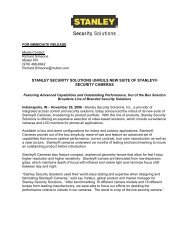

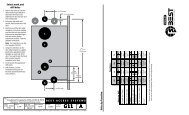
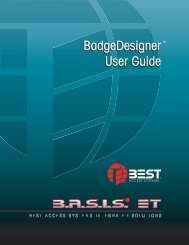
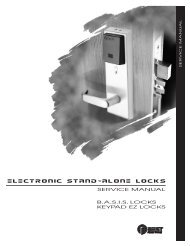

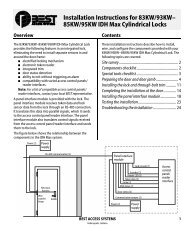
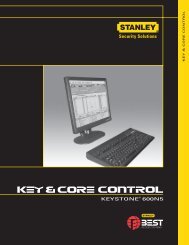
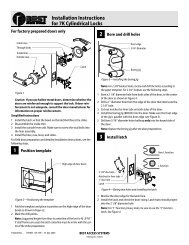

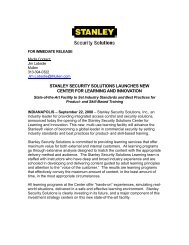
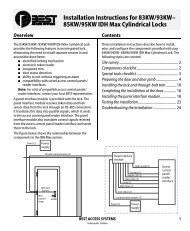
![B.A.S.I.S. G Service Manual [T63300] - Best Access Systems](https://img.yumpu.com/48375082/1/190x245/basis-g-service-manual-t63300-best-access-systems.jpg?quality=85)

